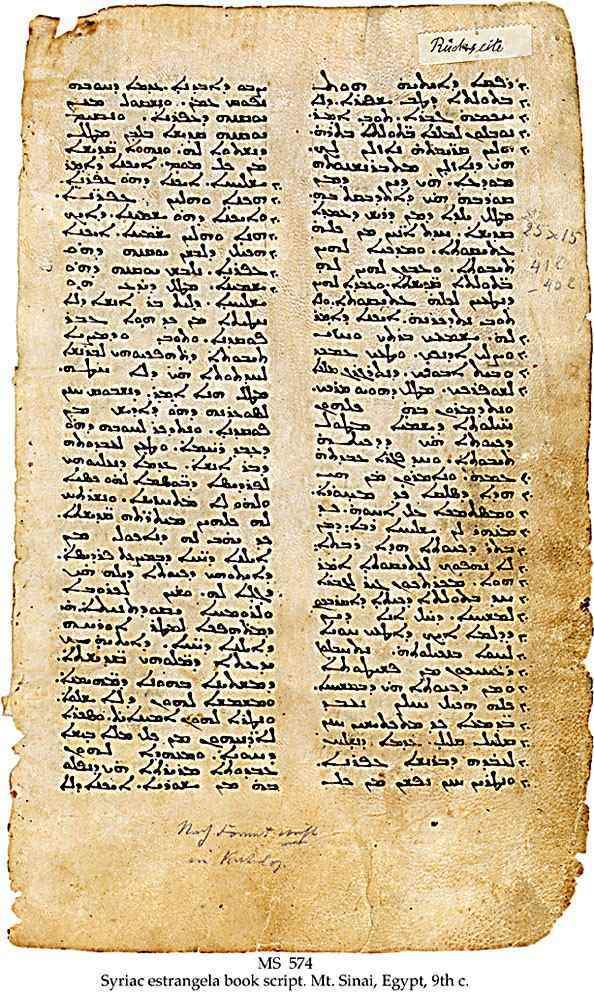|
Syriac Literature
Syriac literature is literature in the Syriac language. It is a tradition going back to the Late Antiquity. It is strongly associated with Syriac Christianity. Terminology In modern Syriac studies, and also within the wider field of Aramaic studies, the term ''Syriac literature'' is most commonly used as a shortened designation for ''Classical Syriac literature'', that is written in Classical Syriac language, an old literary and liturgical language of Syriac Christianity. It is sometimes also used as a designation for ''Modern Syriac literature'' or ''Neo-Syriac literature'', written in Modern Syriac ( Eastern Neo-Aramaic) languages. In the wider sense, the term is often used as designation for both ''Classical Syriac'' and ''Modern Syriac'' literature, but its historical scope is even wider, since Syrian/Syriac labels were originally used by ancient Greeks as designations for Aramaic language in general, including literature written in all variants of that language. Such plurali ... [...More Info...] [...Related Items...] OR: [Wikipedia] [Google] [Baidu] |
Estrangela
The Syriac alphabet ( ) is a writing system primarily used to write the Syriac language since the 1st century AD. It is one of the Semitic abjads descending from the Aramaic alphabet through the Palmyrene alphabet, and shares similarities with the Phoenician, Hebrew, Arabic and Sogdian, the precursor and a direct ancestor of the traditional Mongolian scripts. Syriac is written from right to left in horizontal lines. It is a cursive script where most—but not all—letters connect within a word. There is no letter case distinction between upper and lower case letters, though some letters change their form depending on their position within a word. Spaces separate individual words. All 22 letters are consonants, although there are optional diacritic marks to indicate vowels and other features. In addition to the sounds of the language, the letters of the Syriac alphabet can be used to represent numbers in a system similar to Hebrew and Greek numerals. Apart from Classical S ... [...More Info...] [...Related Items...] OR: [Wikipedia] [Google] [Baidu] |
Mara Bar Serapion
Mara bar Serapion ( syc, ܡܪܐ ܒܪ ܣܪܦܝܘܢ) was a Syriac Stoic philosopher in the Roman province of Syria. He is only known from a letter he wrote in Syriac to his son, who was named Serapion,''The Cradle, the Cross, and the Crown: An Introduction to the New Testament'' by Andreas J. Köstenberger, L. Scott Kellum 2009 p. 110''Evidence of Greek Philosophical Concepts in the Writings of Ephrem the Syrian'' by Ute Possekel 1999 pp. 29–30 which refers to the execution of "the wise king of the Jews” and may be an early non-Christian reference to Jesus of Nazareth. The letter indicates that Mara's homeland was Samosata, i.e. modern-day Samsat, Turkey (on the west bank of the Euphrates), but his captivity appears to have been in Seleucia, in modern-day Iraq (on the west bank of the Tigris River).''The Cambridge History of Early Christian Literature'' edited by Frances Young, Lewis Ayres, Andrew Louth p. 168 Mara's captivity took place after the AD 72 annexation of Samos ... [...More Info...] [...Related Items...] OR: [Wikipedia] [Google] [Baidu] |
Jacob Of Edessa
Jacob of Edessa (or James of Edessa) ( syr, ܝܥܩܘܒ ܐܘܪܗܝܐ, Yaʿqub Urhoyo) (c. 640 – 5 June 708) was Bishop of Edessa and prominent Syriac Christian writer in Classical Syriac language, also known as one of earliest Syriac grammarians. In various works, he treated theological, liturgical, canonical, philosophical and historical subjects, and contributed significantly to scholarly and literary development of Syriac Christianity. He is considered to be one of the most important scholars of the Christian-Aramean tradition. Life Jacob of Edessa was born in Aindaba (Arabic: عيندابا) at 50 km west of Aleppo, around 640. He studied at the famous monastery of Qenneshre (on the left bank of the Euphrates) and later at Alexandria. On his return from Alexandria he became a monk at Edessa, where he was known for his learning. Ordained a priest in 672, he was appointed metropolitan of Edessa by his friend Athanasius II, Patriarch of Antioch. He held this office for ... [...More Info...] [...Related Items...] OR: [Wikipedia] [Google] [Baidu] |

